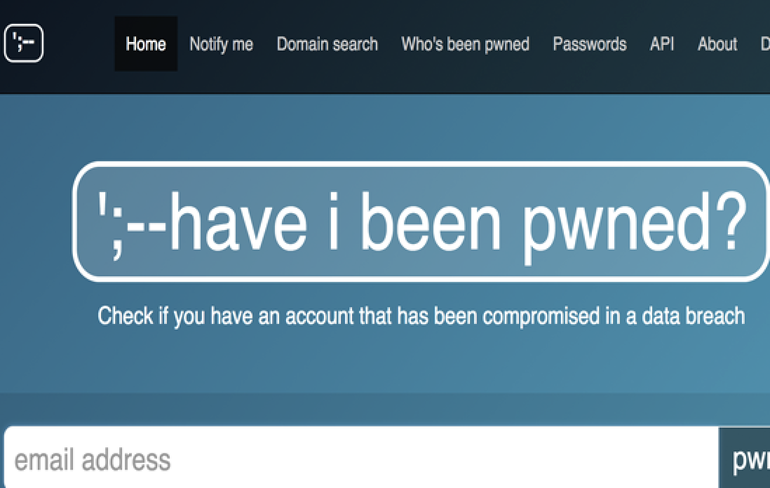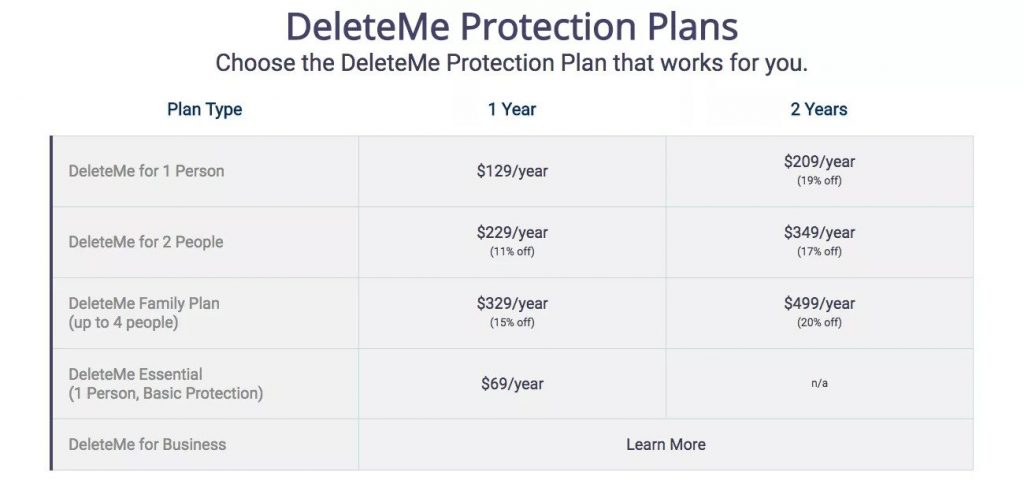
Virtually everyone who uses the internet has used Google to look for their name. It can often be frightening to understand how much personal information is available about you and accessible with minimal effort. More and more people are feeling uncomfortable with the amount of personal data that the search engine giant holds about almost everyone.
Finding Your Personal Information

No right to be forgotten? Here’s how to remove yourself from the Internet and hide your identity
Before you can tackle removing as much personal information as possible, you first have to know what information is available. To do this, you need to do a thorough Google search for your name and other personal information. To start:
- Type in your name, city, and state in quotation marks to limit the search results. Look through the first two pages of results on Google and identify how much information those search results contain. On this same search, don’t forget to check images and videos to see what you can find.
- Bookmark each page that holds personal data about you from the above search, because you will need this information later.
- Do a personal email search. Type in your email to the Google search bar and again review the first two to three pages of results. Put the email address in quotation marks to limit results to your exact personal email address. Many users will see a maps option under the search bar. Click on that and see if the email address reveals your home address. You can also visit haveibeenpwned.com. This website tracks emails involved in known hacks.
- Review your privacy settings on all social media platforms. Privacy settings are continuously changing and being updated by social media platforms, and if you do not make the right changes, you can end up exposing personal information to more than just your social media contacts.
Deleting Private Info From Google

The above steps will give you an idea of how much information about you is available on Google. There are steps you can take to remove as much of the personal data as possible.
- Your first step is to contact the site owner for each site where you find your personal information and ask that they remove it. Many sites will comply with your request, but it can be a tedious and time-consuming process.
- Once you have made your request, you need to visit Google’s public removal tool. Choose a new removal request, then add the URL of the page that contains the information. The public removal tool allows you to ask Google to re-crawl the page once you request the removal of your data.
- If the site owner refuses to take down the personal information, or if you are unable to contact them, there is little you can do unless the data fits into one of the following categories.
- Social security or government I.D. number
- An image of a handwritten signature
- A bank account or credit card number (you should have these account numbers changed immediately if you find them online. Take this step before contacting the site owner or Google).
- A business or name that appears as part of adult content
If any of the above four circumstances apply to the content you found, Google’s public removal tool will provide you with specified links to follow for information about having the information removed.
- Visit Google street view, and search for your home. If the image contains any identifying information such as a license plate number or an unblurred face, click the report a problem link and cite privacy concerns to have the image removed.
Reducing Your Digital Footprint

It is unduly challenging to remove personal information from Google, and many pages that give out your personal information are non-responsive to request for removal. The best thing you can do to keep your personal information from appearing on Google is to be very careful about the information you put anywhere on the internet.
It is virtually impossible to delete or avoid building a digital footprint, but there are things you can do to reduce the size of the footprint.
- Delete all unused accounts. If you no longer use Netflix, Google, or social media accounts, then do not just leave them inactive. Take steps to delete any accounts you no longer use. Make sure you delete any old email accounts that you no longer use.
- Change the privacy settings to the most restrictive ones possible on each social media site that you still use.
- You can contact data broker sites and ask to opt-out of their database. Some websites are responsive to the opt-out request and others are not, and there are no laws that mandate that they honor requests to remove you from their site.
Consider using a virtual private network (VPN).




